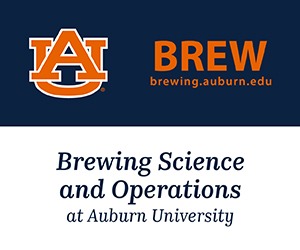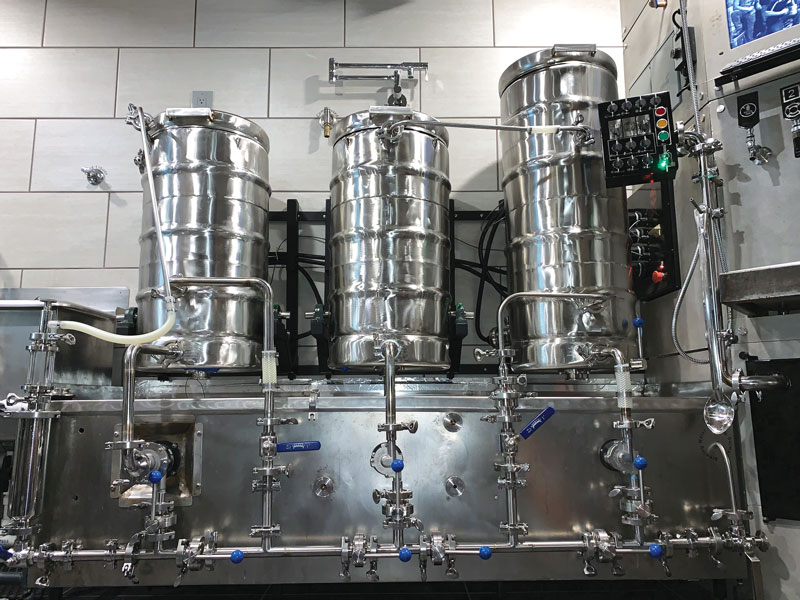Bottle Colors
TroubleShooting
Jake Ocque • Buffalo, New York asks,
In the December 2007 issue of BYO, you gave an answer about light skunking a beer. You stated that it was UV light that was damaging the beer. I don’t see how this is possible. It must be visible light if any light is destroying a beer at all. For example, our eyes cannot see UV light, hence the name “visible light.” So, why then would the visible color of a bottle determine its ability to transmit or reflect UV light. In fact, glass itself actually absorbs most UV light that reaches it no matter what the visible color of the glass; this depends on the quality of the glass, for example the amount of silica and quartz in the glass. A brown bottle is brown because it absorbs visible “brown” light. A green bottle is green because it absorbs “green” light and so forth. So then if UV light does in fact “skunk” a beer, then the color of the glass would have no effect.
Thanks for the great comment with respect to my answer about hops and skunkiness, Jake. I have spent several hours reading and have gained a new appreciation for glass and the intricacies of light filtration. You are indeed right that visible light causes beer to go skunky. I am also correct that UV light causes beer to go skunky. Ultraviolet light ranges from 10–400 nanometers (nm) in wavelength and visible light occupies the portion of the electromagnetic spectrum ranging from 400–700 nm. There are numerous references in the brewing literature stating that light ranging from 350–520 nm results in skunky beer. That covers the upper portion of the UV light range and visible light from violet to green, including blue.
I do want to clarify one point about color because the explanation of why objects have a given color is backwards. A green beer bottle, for example, does not absorb green light, it absorbs all visible wavelengths except green. This is an important distinction; since green bottles do not absorb green light (520–550 nm) this wavelength passes through the glass and catalyzes the reaction that results in the dreaded skunk nose! Clear and blue glass bottles produce the same result.
You are also correct that the color of an object relates to visible light and color provides no information about the absorption of ultraviolet light (and other non-visible wavelengths). High-purity, clear glass containing nearly 100% silica transmits all visible light and also transmits ultraviolet light. In contrast, the ordinary clear glass beer bottle is made from a mixture of silicon oxide, sodium bicarbonate, calcium oxide and magnesium oxide. This type of glass allows about 90% of wavelengths greater than 350 nm to pass through and blocks about 90% of wavelengths shorter than 300 nm. While most of the UV spectrum is absorbed by clear glass, they transmit all wavelengths involved in causing skunky beer.
The color brown is a mixture of red, orange and yellow wavelengths. These colors range from about 580–700 nm. This means that brown beer bottles absorb the shorter wavelengths that damage beer. Brown glass is pigmented with iron oxides, among other metal oxides, and these various forms of iron absorb UV light over a wide spectrum of wavelengths. In a nutshell, brown glass absorbs the visible and UV wavelengths of light responsible for skunkiness. Brown glass is also used to store other light-sensitive products, such as medications and film developing reagents (for those youngsters out there in homebrew land, film is what was used before digital cameras).
In the process of doing my homework, I came across some interesting patents pertaining to this subject. One patent is for a clear glass containing vanadium pentoxide and the stated application for this patent is beer bottles. Vanadium pentoxide does not impart color to glass and does absorb UV light, but does have an affect on the susceptibility of beer to light damage. Another patent was for a colorless group of UV-absorbing, Maillard reaction products extracted from roasted malt. These compounds were demonstrated to greatly reduce the rate at which beer is skunked. Interestingly, Heineken filed this patent. It has always seemed to me that dark beer has immunity to light and this paper seems to support that observation. Since neither patent addresses visible light, and both relate to skunky beer, I assume that UV light is a more potent catalyst for the reaction than visible light. Hopefully this sheds a bit more light on this stinky topic!

